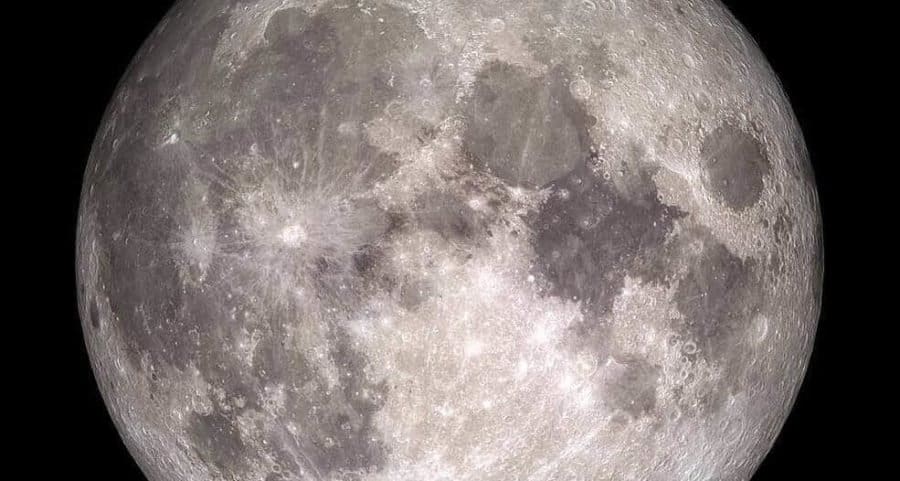A team at NASA’s Kennedy Space Center in Florida is planning to develop a device that will melt lunar regolith — the dirt and dust on the Moon made from crushed rock — and turn it into oxygen. Advancing technologies to use space-based resources is important to sustainable lunar exploration under the agency’s Artemis program, and will support future exploration into the solar system, including Mars.
The Gaseous Lunar Oxygen from Regolith Electrolysis (GaLORE) project team won an internal award to develop the melting technology. Regolith on the Moon is made from oxidized metals like iron oxide, silicon oxide and aluminum oxide. GaLORE is advancing technology to heat the regolith to more than 3,000 degrees Fahrenheit and flow electricity through the molten material. This will cause a chemical reaction that splits the regolith into gaseous oxygen and metals.
“After landing the first woman and next man on the Moon by 2024, NASA needs technologies that use lunar materials to achieve our secondary goal — sustainable human lunar exploration — to prepare us for long-duration human missions to Mars,” said Kevin Grossman, a materials science expert and GaLORE project lead at Kennedy’s Swamp Works. “Although the Moon has no atmosphere, oxygen exists on the Moon in the form of metal oxide powder. Extracting usable oxygen can be done with electrolysis, but technology gaps stand in the way of realizing its full potential for space applications.”
The process of passing an electric current through a liquid is called electrolysis. This practice is commonly demonstrated in high school chemistry classes and used widely in various industries on Earth, but things like electrolysis react differently on another world.
There are a few challenges, Grossman noted. First, the high temperatures and presence of iron in the soil creates extremely corrosive conditions. Second, operating on the Moon requires an instrument design that can withstand extreme conditions and run autonomously.
“Our goal is to solve some of these challenges and get NASA one step closer to an automated mass production of oxygen on the Moon,” said Grossman. “We could use the oxygen for astronaut life support as well as an oxidizer for fuel. We could use the metal for infrastructure and to 3D print vehicles and tools for sustaining and expanding human presence there.”
GaLORE was selected by NASA’s Space Technology Mission Directorate as an Early Career Initiative project. The team will receive $1.2 million per year for two years to develop the technology. Preliminary work is underway and the project will officially kickoff on Oct. 1, 2019.
NASA’s Early Career Initiative supports stand-alone, hands-on efforts from small teams led by, and mostly composed of, employees early in their NASA careers. These teams develop transformative technologies for high-priority challenges facing the agency. To do so, teams partner with industry, academia or outside government agencies.
Called to return humans to the Moon within five years, NASA’s lunar exploration plan encompasses a two-phase approach: speed — landing on the Moon by 2024 — and establishing a sustained multi-national human presence on and around the Moon by 2028. The agency will leverage what it learns on the Moon to prepare for the next giant leap — sending astronauts to Mars.
For more information about NASA’s Moon to Mars exploration plans, visit: https://www.nasa.gov/moontomars


